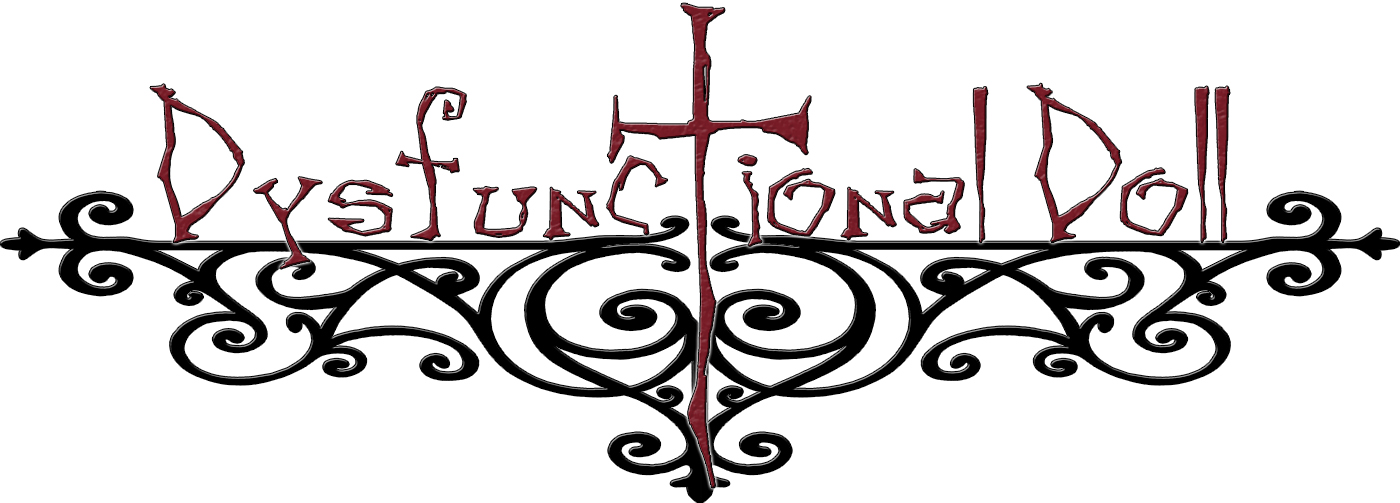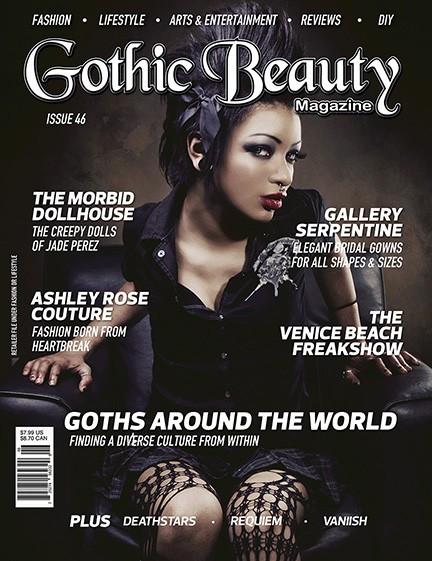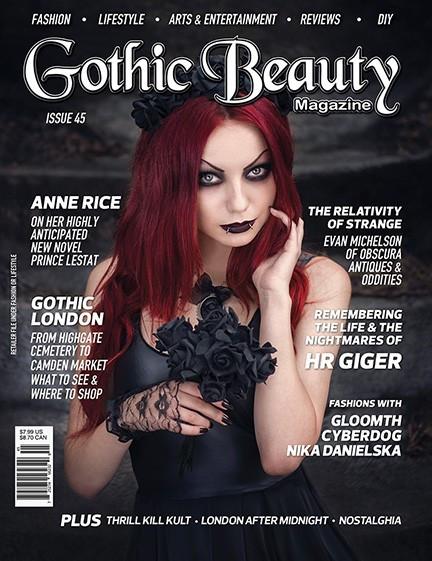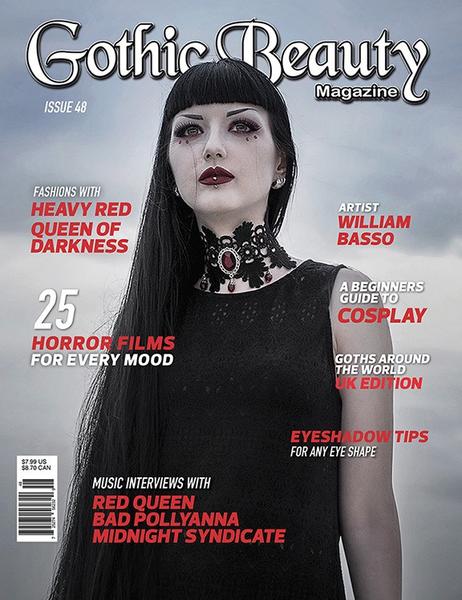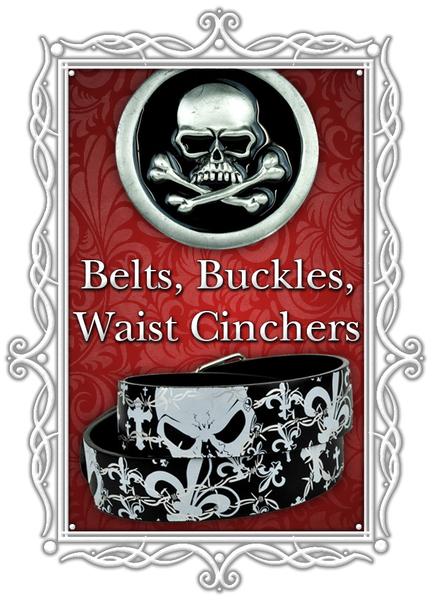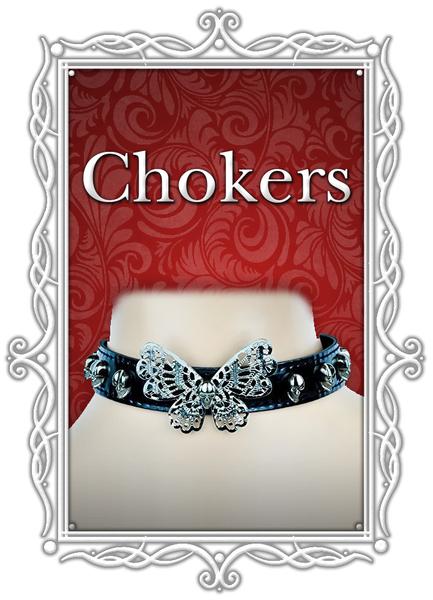News
The Gothic Side of Life on YouTube
Hello Everyone, I have decided to do my own YouTube Channel called "The Gothic Side of Life". This will feature intellectual commentary about the Gothic Community as well as the psychology of Goth. The Channel will be sponsored by Dysfunctional Doll. We will also be doing some giveaways from here...
Happy Holidays - 17% Off Everything All Week Long
Happy Holidays! Get 17% OFF Everything - All Week Long. Bring in the New Year with some New Clothes
All Items Ship Out Within 24 Hours
There is still time to get the gifts you need! All items that are in stock will ship within 24 hours of order. First Class takes 2-5 Days and Priority Mail takes 2-3 Days within the Continental US.
Goth Apparel is a Study in Beautiful Darkness
There is a particular quiet that settles over the room before a goth gets dressed. Not silence—silence is empty—but quiet, dense as fog, the kind that feels like an unseen companion standing just behind you, patient, watchful. Modern goth apparel lives in that quiet. It thrives in it. To dress in black is not to disappear but to reveal the shape you take in the dark, the form you claim when nobody is forcing you to shine for their comfort.
The first thing your hands reach for is texture. Modern goth clothing is tactile before it is visual, ritual before it is aesthetic. Soft crushed velvet that holds heat like a secret. Heavy cotton twill with a sturdiness that feels almost architectural. Vinyl that gleams like oil on water. Leather—real or the newer kinds that smell faintly of artificial night—supple, cool, obedient. And mesh, glorious mesh, the paradox fabric: fragile but defiant, a web that refuses to break.
Each material whispers something different. Velvet says devotion. Cotton says discipline. Vinyl says trouble. Leather says hunger. Mesh says honesty. You mix them as your mood demands.
Boots are less accessory and more prophecy. Whether laced to your knees or rising like monoliths beneath your thighs, boots in modern goth fashion are not worn so much as inhabited. The platforms that dare gravity to argue. The buckles and straps that clink like chains in a forgotten corridor. The steel toes that promise you will walk through whatever stands in your way. Old-world creepers that make every step feel like trespassing somewhere forbidden. You don’t put boots on to match the outfit; you build the outfit to match the boots.
Silhouettes, too, have grown darker and more cunning. Some days demand sharp, unforgiving lines—coats that cut through the air like blades, shirts so minimal they seem carved rather than sewn. Other days insist on volume and gloom, fabric cascading in waves, sleeves that trail like abandoned prayers, skirts that whisper against the floor like something alive. Modern goth apparel bends shape to feeling: spectral one night, predatory the next.
Harnesswear has become the spine of this aesthetic evolution. Straps winding across the torso, rings that glint faintly in low light, belts looping around ribs and shoulders like the suggestion of a cage. But these cages don’t confine. They define. They contour the self, reveal the architecture of intention. A harness is a quiet declaration: I know what I am, and I choose to frame it.
Layering has become its own kind of brooding poetry. A mesh top under a shredded shirt under a long coat heavy enough to mourn in. A vinyl corset cinched over an oversized hoodie. A poet blouse tucked beneath a hooded cloak. The modern goth doesn’t choose between delicacy and menace—both belong, both speak, both are threads in the same dark tapestry. Even mundane pieces become uncanny when placed among their brethren. A simple black tee becomes ominous under a spiked shoulder piece. A tailored blazer becomes feral when paired with leather gloves.
Accessories are the artifacts of our personal mythology. Rings stacked in silver crescents. Pendants shaped like teeth, keys, inverted crescents, old wounds turned into symbols. Earrings that swing like tiny weapons. Chokers that cling to the throat like devotion. Every piece pulls double duty: ornament and omen.
The graphic tee, once a casual afterthought, now carries its own shadowed weight. Band logos faded like ancient runes. Gothic cathedrals collapsing across fabric. Minimal text that reads like a confession you’d only dare whisper in an empty room. Small artist prints that feel stolen from someone’s dream, or nightmare. Even humor, when it appears, arrives in deadpan black—jokes carved from gloom, cynicism folded into silk.
Streetwear influences have seeped in as well, but in goth hands they mutate. Tactical vests that look prepared for battle with unseen things. Reflective strips that glow like warnings in club-light or streetlight. Neon accents that vibrate against the black like the pulse of something chemical, something unholy. Romantic goth fashion has wandered deeper into ghostliness—billowing sleeves, open collars, silhouettes that look like you have risen from some ancient, unfinished story.
Makeup is the finishing shadow. Eyeliner sharpened into something executable. Eyes smoked to look deliberately tired, bruised with beauty. Blood-dark lips. Pale foundation that makes the face appear moonlit even indoors. Makeup in goth fashion is not decoration—it is invocation.
But the true darkness of modern goth apparel—the kind that feels like truth instead of performance—is that it is no longer a uniform. It is a spectrum of shadows, a thousand variations on a theme of beautifully controlled gloom. There is no “right” version of goth anymore. There is only the version that fits the person you become when the world stops demanding brightness.
Modern goth fashion is not about hiding from the sun; it is about choosing the night. Choosing depth over glare. Choosing texture over noise. Choosing to clothe yourself in a language written for the soul you actually have—not the one you’re supposed to project.
And in that choice, the darkness becomes strangely luminous.

